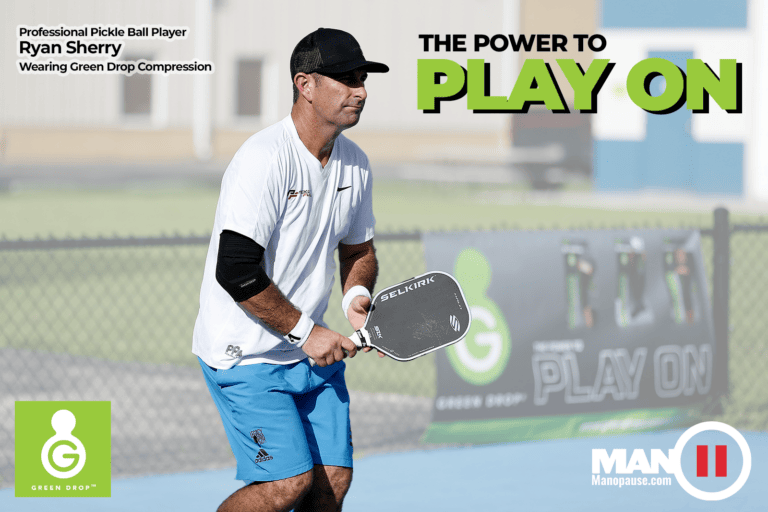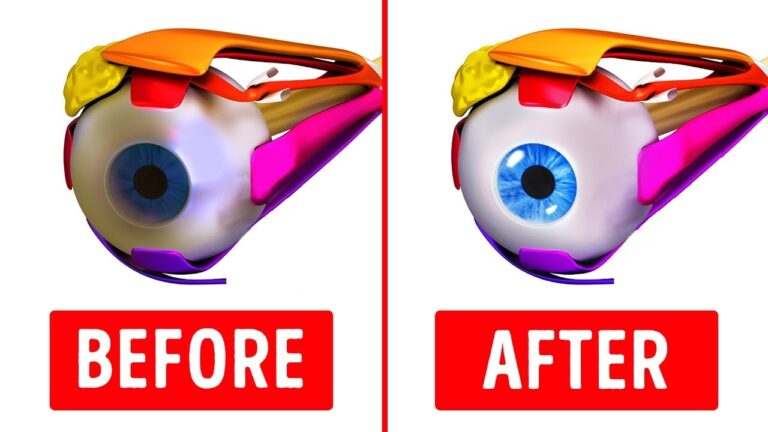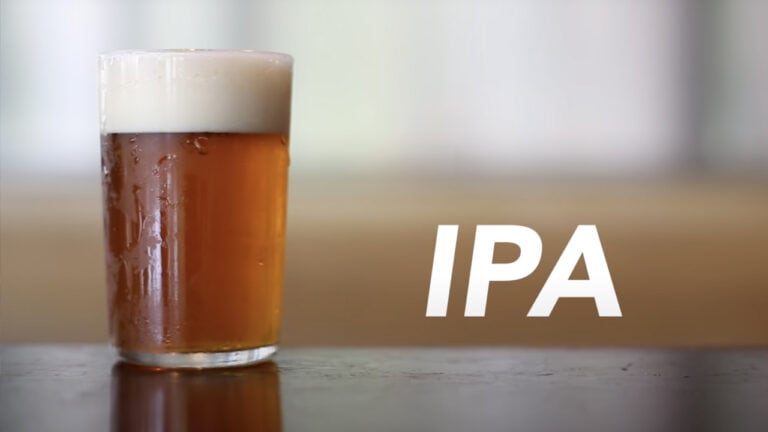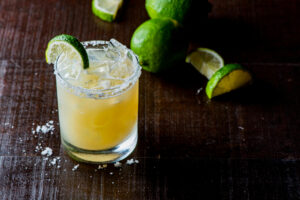Fat shots are an automatic distance killer in golf. Now, some of you may think, I’ve heard that one before. “Distance killer” is the villain of golf. It is mentioned all the time and has many different disguises, but there is good reasoning behind why it is such a bad guy. With distance and direction being the two most important aspects of a good game, killing one of them is certainly a major detriment to any golfer.
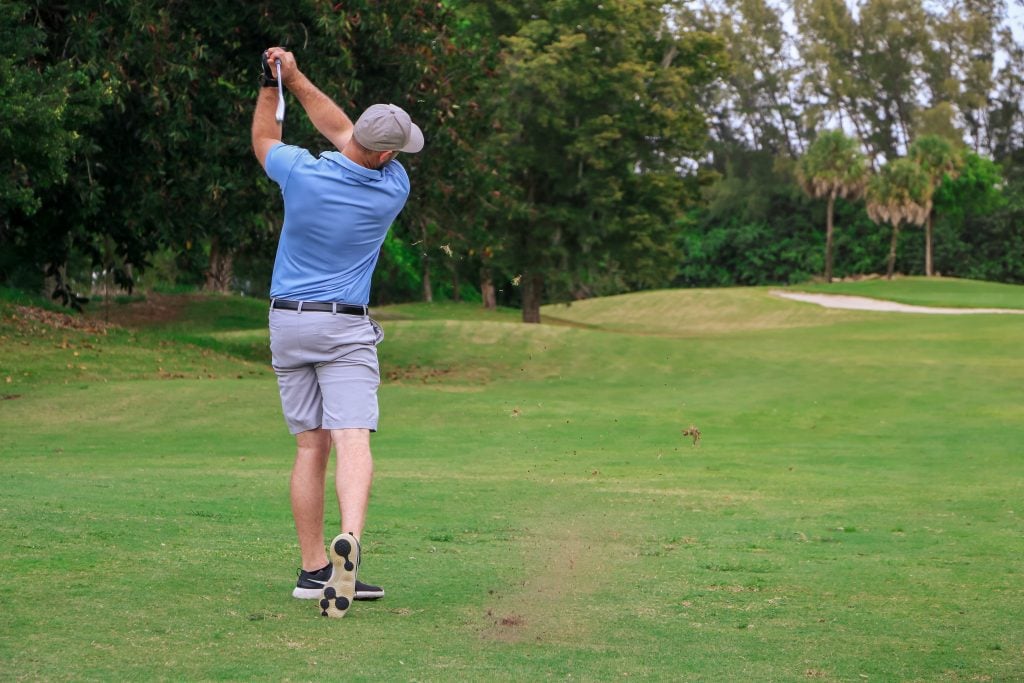
Fat shots most commonly happen when hitting irons but can even happen when hitting the driver with an incorrect setup. It is typical to see amateur golfers, as opposed to the pros, hit fat shots because their swings are much more inconsistent. Swing inconsistencies including balance and ball positioning can lead to hitting fat.
Table of Contents
ToggleDifferent Kinds of Fat
Fat shots can come in different shapes and sizes. There are steep fat shots, shallow fat shots, extra fat shots, and not-so fat shots.
Steep fat shots, the most common type, can be due to many different things. Lifting the club rather than rotating your torso can cause you to over compensate with your arms and therefore bring the club back at a steep angle and chop down at a similarly steep angle.
However, you might have perfect upper body rotation and still be hitting fat. Why? Because you might be positioning the ball too far forward in your stance and the bottom of your swing arc will be positioned before the ball.
The swing arc is the path that is formed as the club head approaches the golf ball during the downswing. Think of a clock, the left half from 6 to 12. As the club comes down from the 12 o’clock position, you generally want the club head to make solid contact with the ball at the 6 o’clock position.
The impact point in your swing arc is reflected in a measurement referred to as angle of attack. Kinetek Sports, a golf sensor technology company, defines angle of attack as the trajectory along this arc relative to horizontal at the moment the ball is struck. A negative angle of attack means that the club head had not yet reached the lowest point of its arc while a positive angle of attack means that the club head struck the ball after passing its lowest point in the arc.
Shallow fat shots, less common among amateur golfers, happen when the club hits the ground before the ball, due to a broader swing arc. Shallow fat shots have an easier fix and some may simply be caused by irregular turf conditions.
Watch Larry & Mike’s Review Of The Club Hub Golf Swing Analysis Kit
The Fat Fix
Just like all other swing flaws, hitting fat starts and can end right at set up. You may be trying to keep your head and eyes on the ball but at the same time unknowingly lowering your head too much on the downswing and chopping down at the ball. This is commonly referred to as “bobbing.” You might think your head stayed in the same place but certainly not the turf behind the ball.
It is important to keep your head steady and with your eyes looking down your nose at the ball in front of you — not directly over the ball. This will help you avoid leaning too far down with your upper body on the downswing and therefore lowering your swing arc.
The position of the ball in regard to your swing arc can cause very different ball flight outcomes. Positioning the ball too far forward in your stance can cause you to reach the bottom of your swing before you make contact with the ball. Moving the ball further back in your stance will allow you to make contact with the ball before you make a divot in the grass. If you are hitting too many fat shots, try moving your ball back in your stance until you are consistently contacting the ball.
Lastly, the very start of your downswing is a brief but pivotal moment (pun intended) in which you can make a world of difference to the outcome of your swing. Starting your downswing by rotating your hips toward the target will properly transfer your weight forward and help avoid an excessively steep path to the ball. This movement will also let you get your hands out in front of the ball through impact which will let you maintain a negative angle of attack and produce proper divots post-impact.
If you want to learn more about angle of attack and other swing parameters that can give you unique insights into your game, check out ClubHub’s Swing Parameter Guide and website. ClubHub, by Kinetek Sports, is the only portable golf sensor technology on the market that gives golfers swing analysis feedback during rounds and on the driving range. It has helped many golfers around the world and it could be the answer to all your game’s needs!
About ClubHub and Kinetek Sports
ClubHub is the first ever fully integrated shot tracker and swing analysis sensor system that records every swing on the course and at the range. ClubHub provides golfers with real-time data about their game, including club head speed, face angle, hinge value, angle of attack, tempo, transition angle, and a 3D representation of every swing. Additionally, ClubHub’s shot tracking technology allows golfers to record rounds and scoring stats such as driving distances, fairways hit, greens in regulation, and putting. ClubHub offers a complete solution to golfers and instructors.
Kinetek Sports is a sports technology company with expertise in science, technology, brand management, and sporting goods. We develop personal, portable and affordable sensor systems that are authentic and nonintrusive. Kinetek Sports was founded in 2009 on the principle of maximizing athletes’ kinesthetic sense through technology. For more information, please visit www.clubhubgolf.com.



